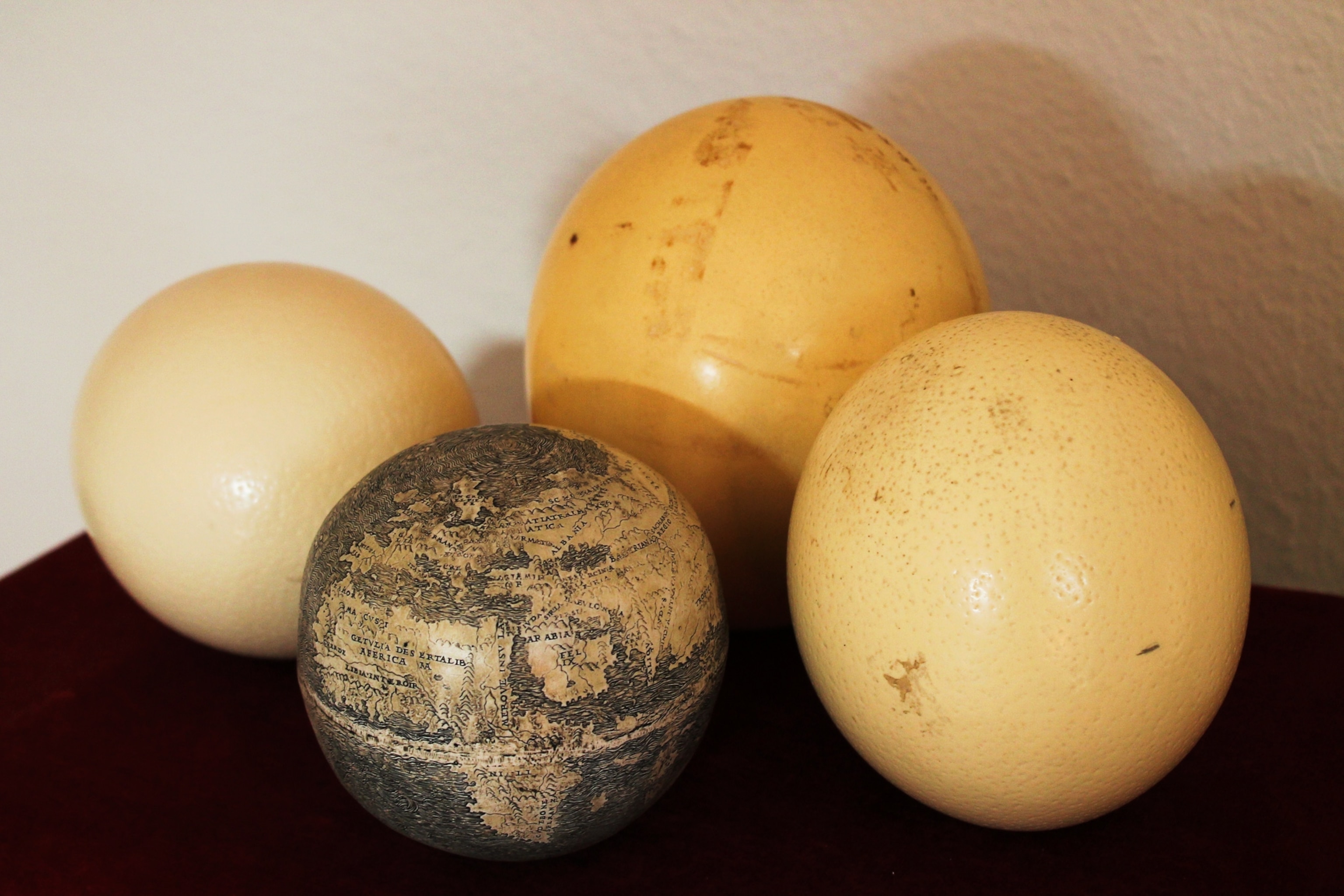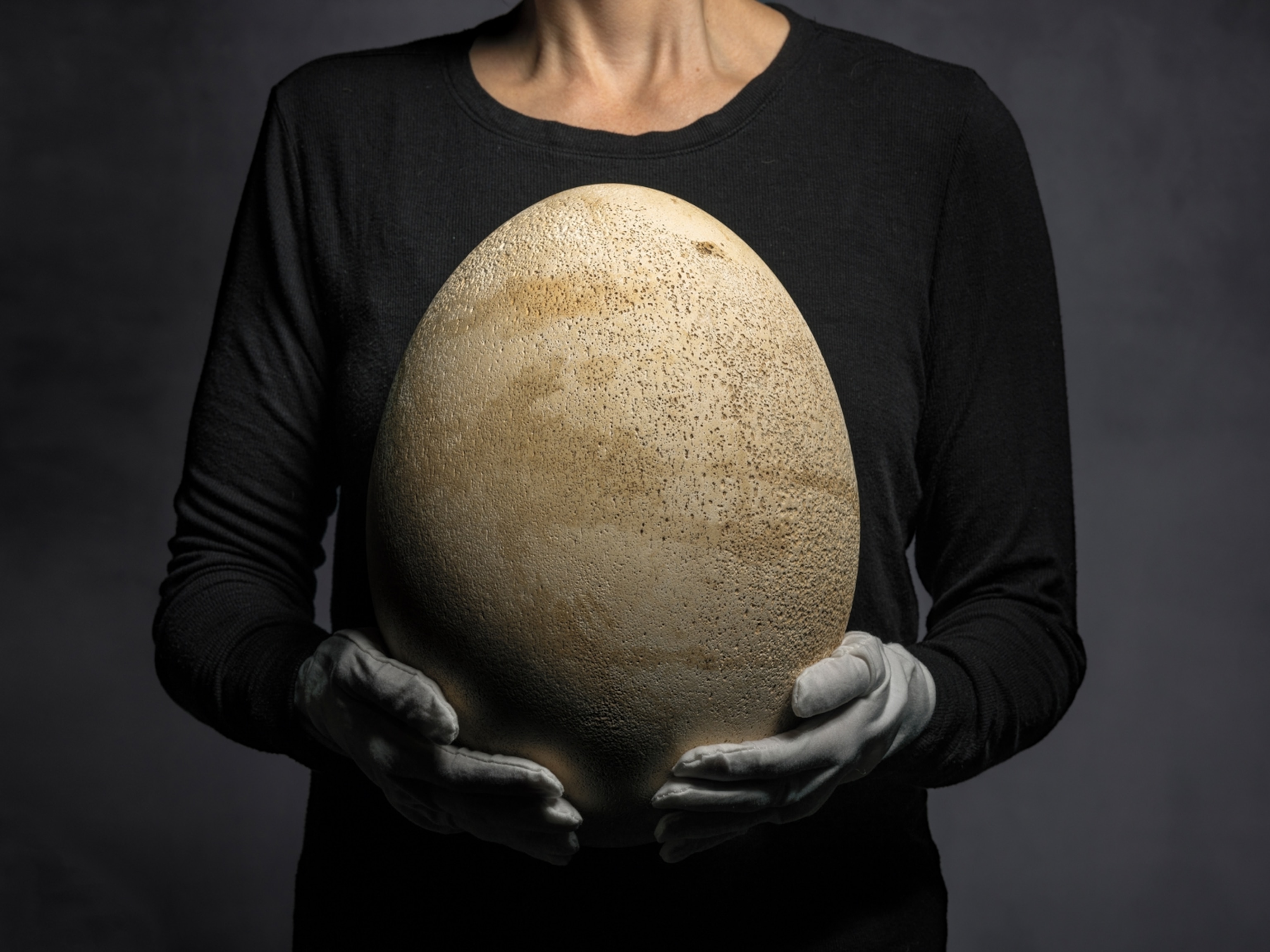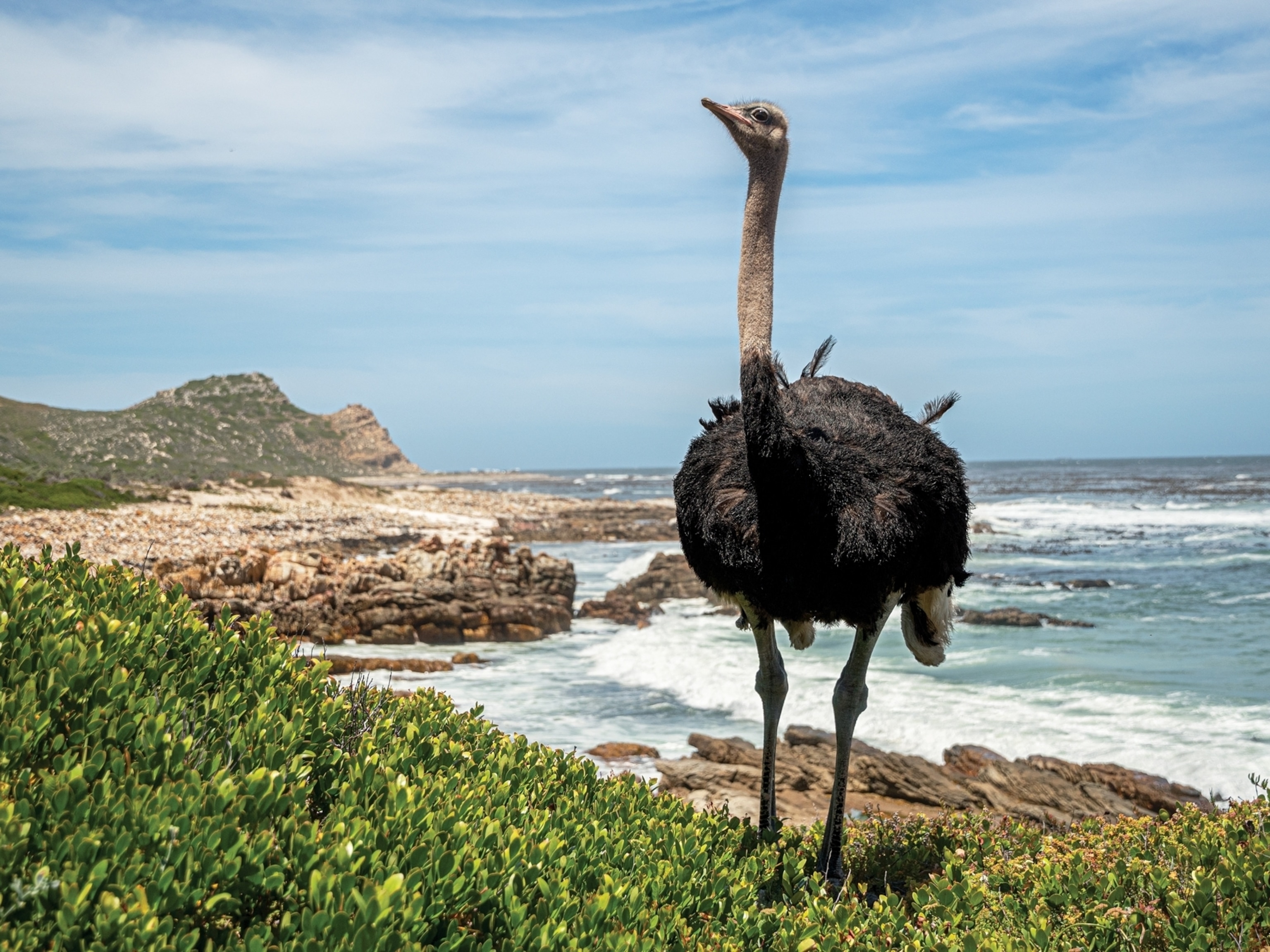
Oldest Globe of New World Carved on Ostrich Eggs?
The mysterious globe was discovered by a Belgian map collector.
A recently discovered globe from the early 1500s, carved onto ostrich eggs, may be the oldest globe of the New World ever identified, experts say.
Latin inscriptions dot its surface, and two small islands sit in the place of what we now know as North America. But the globe's origins remain a mystery.
After passing through the hands of a string of European map dealers, the artifact was purchased anonymously at a London map fair in 2012. Eventually, the rare find came into the possession of Belgian map collector Stefaan Missinne, who began to investigate it, he wrote in The Portolan, the journal of the Washington Map Society.
Previously, the earliest surviving globe was believed to be the Hunt-Lenox globe, which is made from copper and dated to between 1504 and 1506. The two globes share nearly identical labels and detailed contours, and Missinne argues this is no coincidence.
"There are differences between the two globes; however, when carefully considered these differences do not weigh against the suggestion that the Lenox Globe is a cast of the ostrich-egg globe," Missinne said in the journal article.
Throughout history mapmakers have turned to creative materials: There have been maps made of sticks or drawn on sealskin, vellum (calfskin parchment), or blocks of wood. (Try National Geographic's map jigsaw puzzles.)
But globes created from ostrich eggshells are not common, and for this reason—regardless of its age—the artifact is rare.





